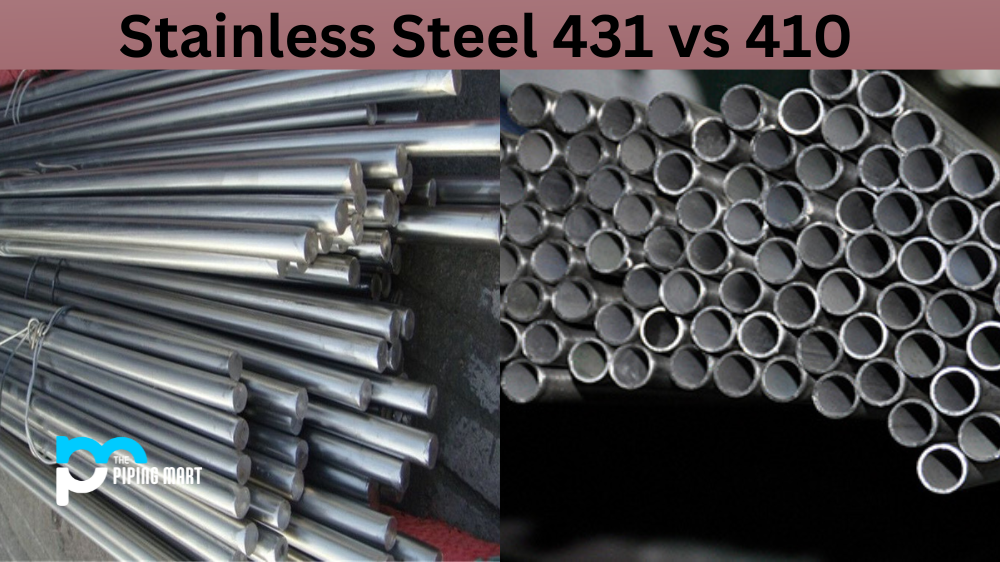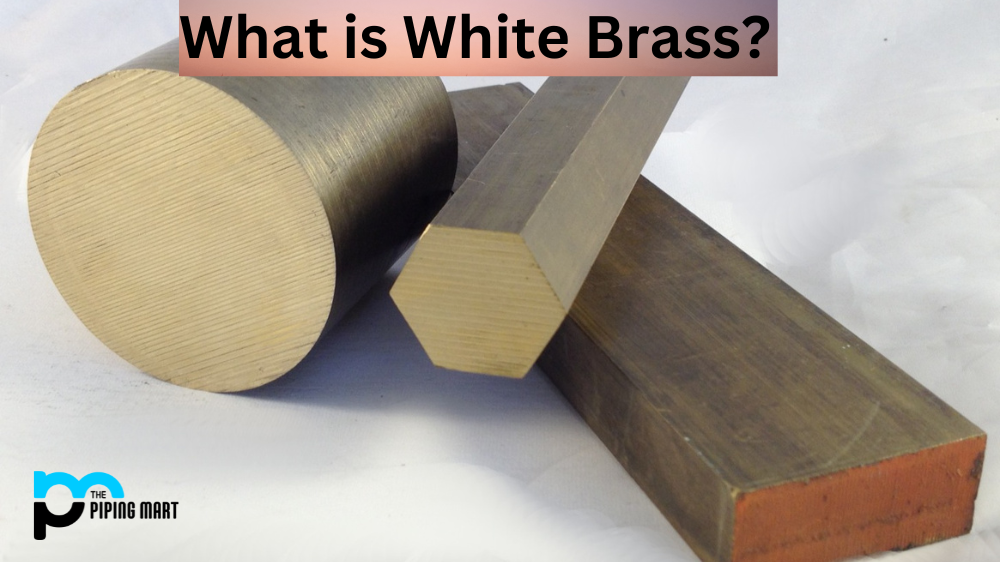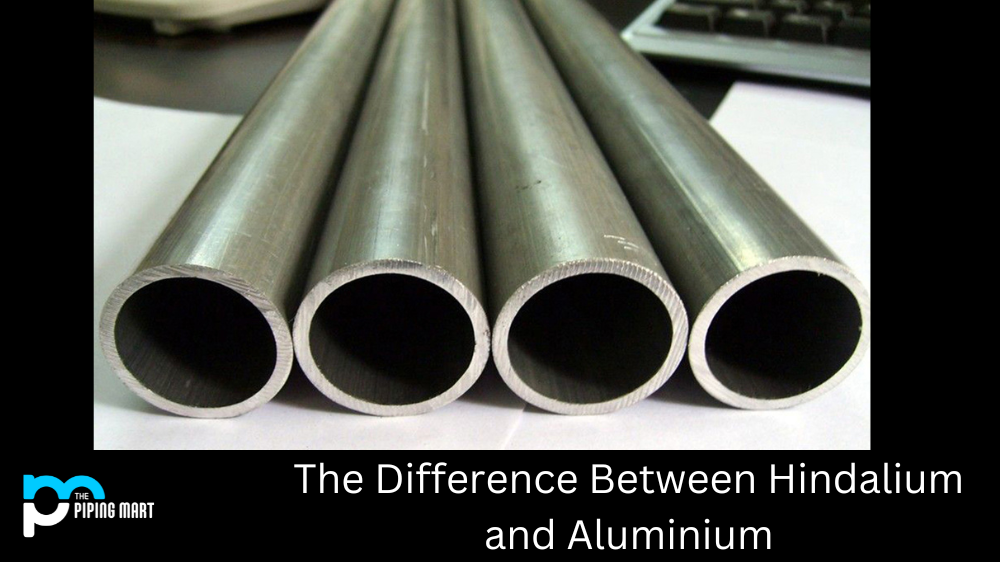Stainless steel is a popular metal alloy for various applications due to its numerous benefits. It is durable, corrosion-resistant, and visually appealing. But with so many different grades available, choosing the right one can be overwhelming. This blog will compare two popular grades, Stainless Steel 431 and 410, to determine the best fit for your application.
Stainless Steel 431 is a hardenable martensitic stainless steel. It is often selected for its excellent tensile and torque strength and high corrosion resistance. Although it has a lower carbon content than 410, it contains 1.75-2.50% nickel, which improves toughness and offers greater corrosion resistance. This grade is often used for shafts, bolts, and valves, where strength and corrosion resistance are crucial.
Difference Between Stainless Steel 431 and 410
Composition
431 stainless steel comprises 16-18% chromium, 1% manganese, 2% nickel, and 0.45% molybdenum. 410 stainless steel comprises 11.5-13.5% chromium, 0.75% manganese, 1% nickel, and 0.45% molybdenum.
Used
Stainless Steel 410, on the other hand, is plain martensitic steel commonly used for general-purpose applications. It contains 11.5-13.5% chromium, which gives it excellent corrosion resistance, but its carbon content of 0.15-0.40% makes it less ductile than Stainless Steel 431. It is often used for knives, surgical instruments, and pump shafts.
Mechanical Properties
Regarding mechanical properties, Stainless Steel 431 has a higher tensile strength than Stainless Steel 410, making it more suitable for high-strength applications. Additionally, the nickel content in Stainless Steel 431 improves its toughness and enhances its ability to withstand impact, making it ideal for applications that require both strength and toughness.
Corrosion Resistance
In terms of corrosion resistance, Stainless Steel 431 is superior to Stainless Steel 410 due to its higher nickel content. It can withstand moisture and salt water, making it suitable for marine applications. However, both grades are susceptible to pitting and crevice corrosion in chloride environments, so it is essential to properly maintain and clean them.
Conclusion
In conclusion, Stainless Steel 431 and 410 have different properties that make them suitable for different applications. While Stainless Steel 431 is stronger, tougher, and more corrosion-resistant, Stainless Steel 410 is more ductile and commonly used for general-purpose applications. When deciding which one to use, it is essential to consider the application’s specific requirements and consult a professional to determine the best fit. Ultimately, both grades of stainless steel offer numerous benefits, making them popular choices in various industries.




